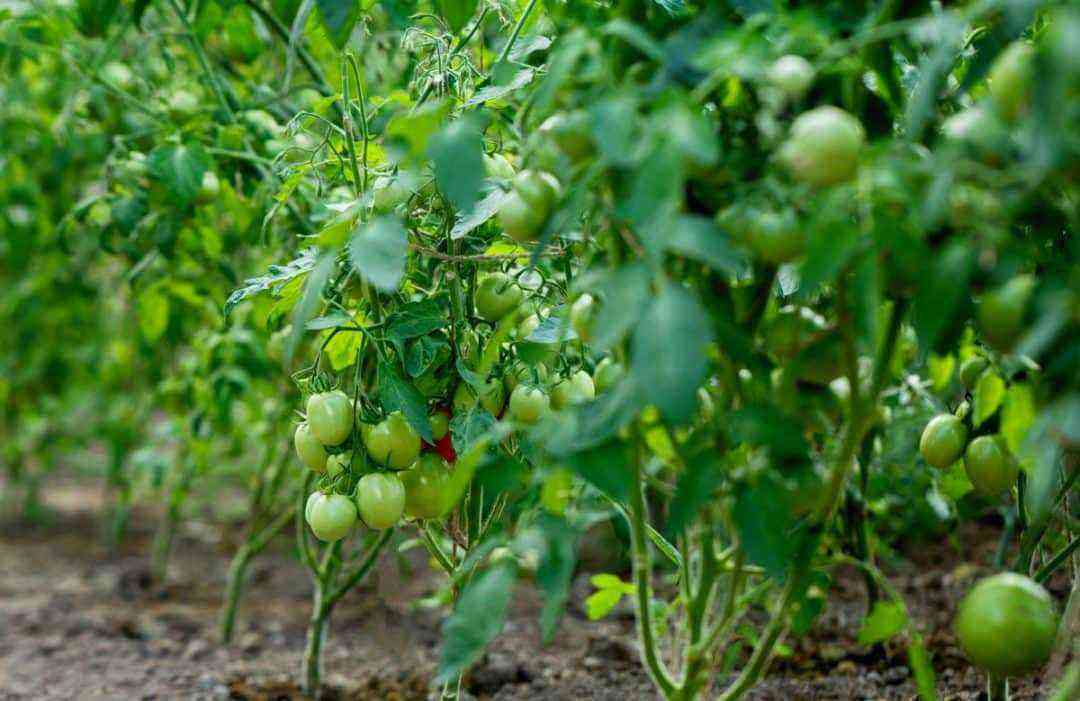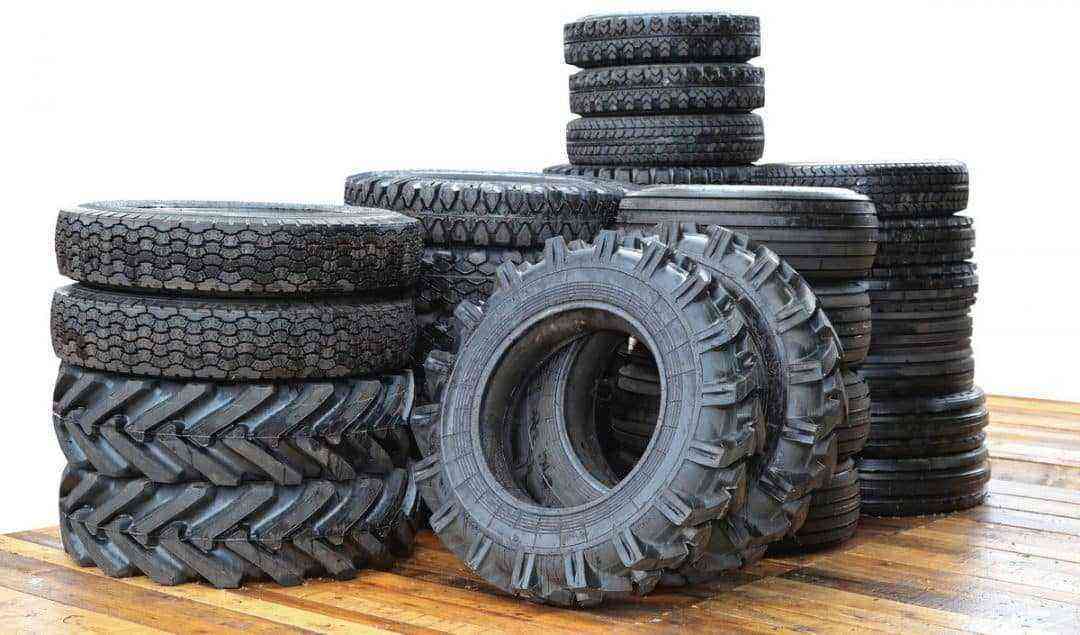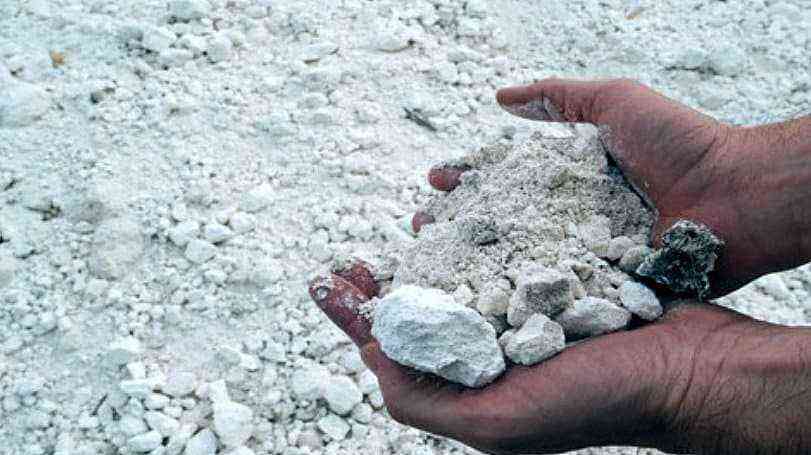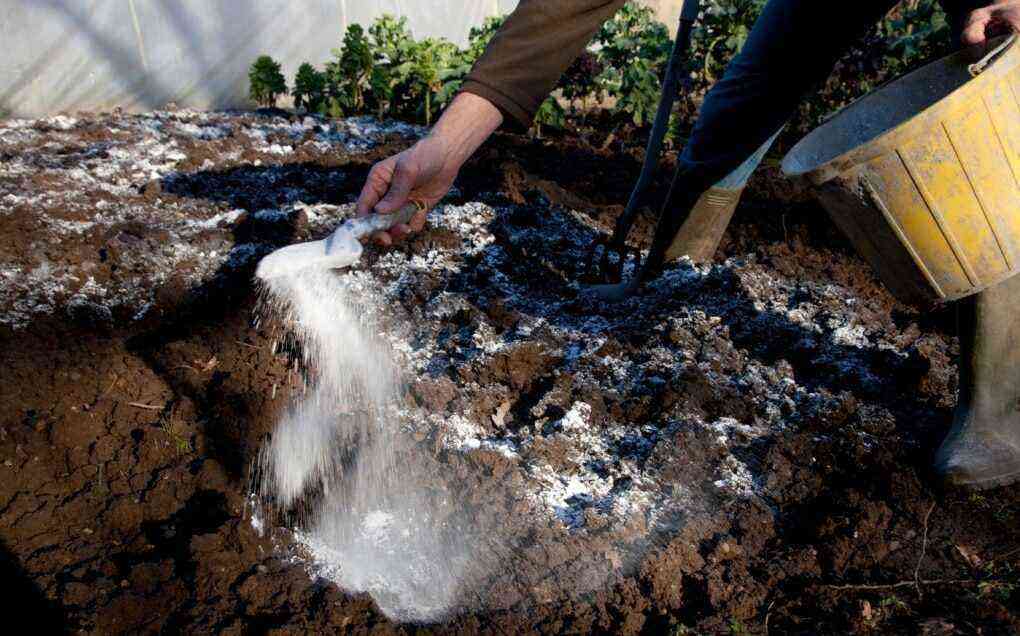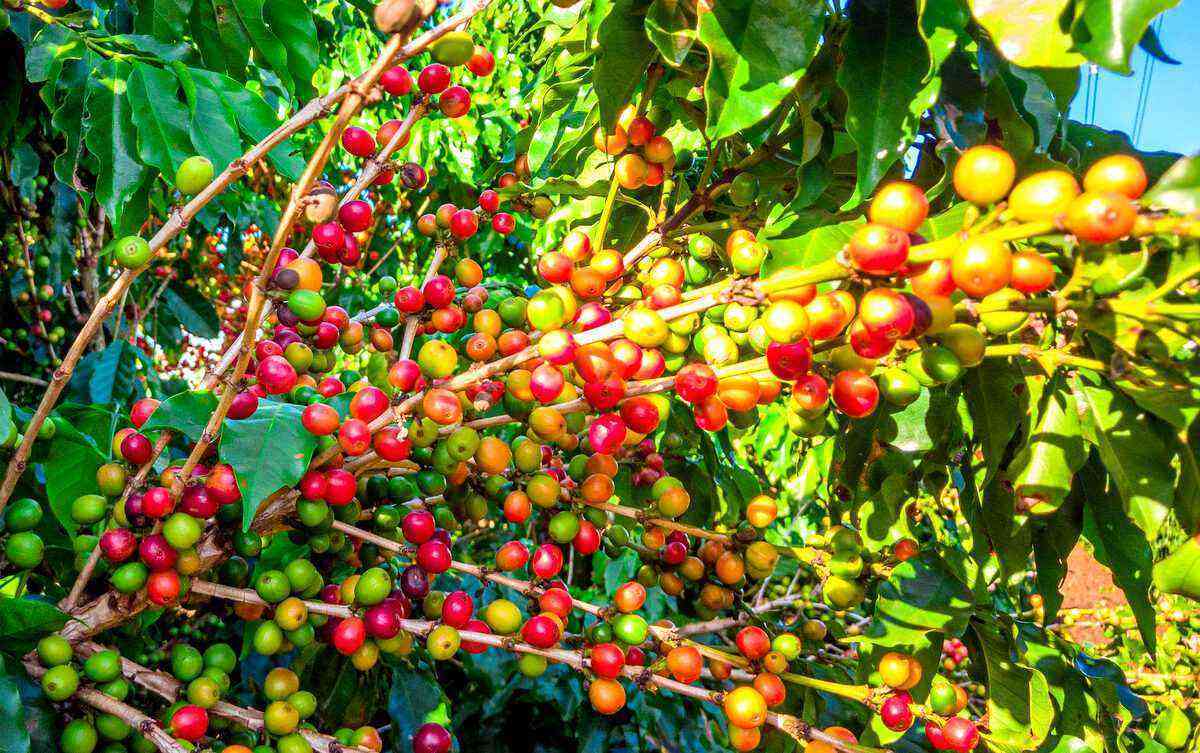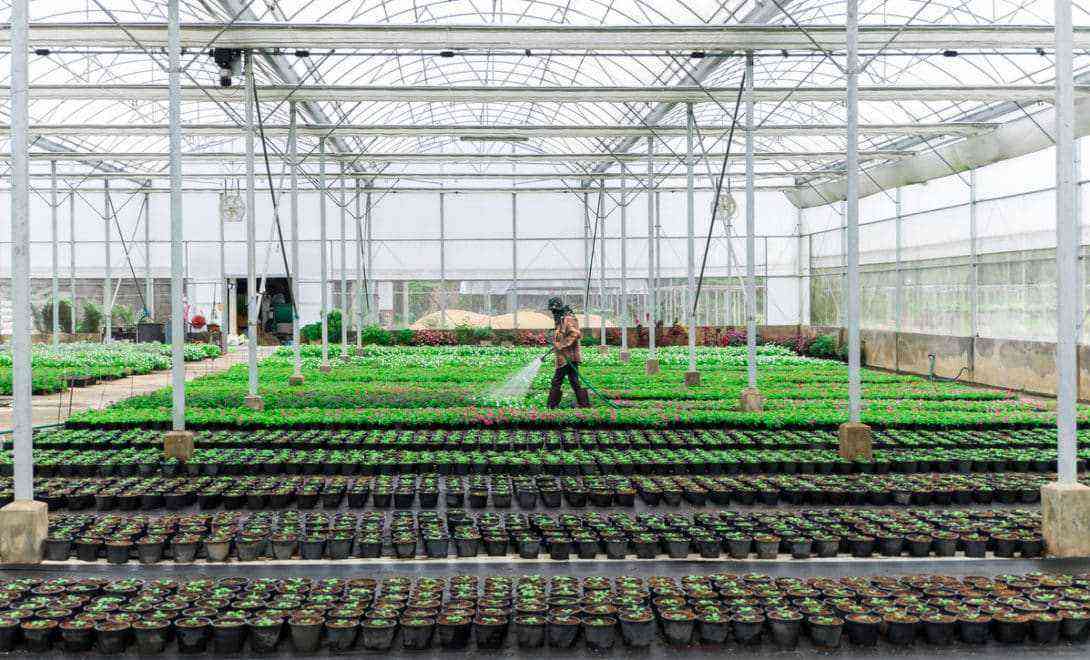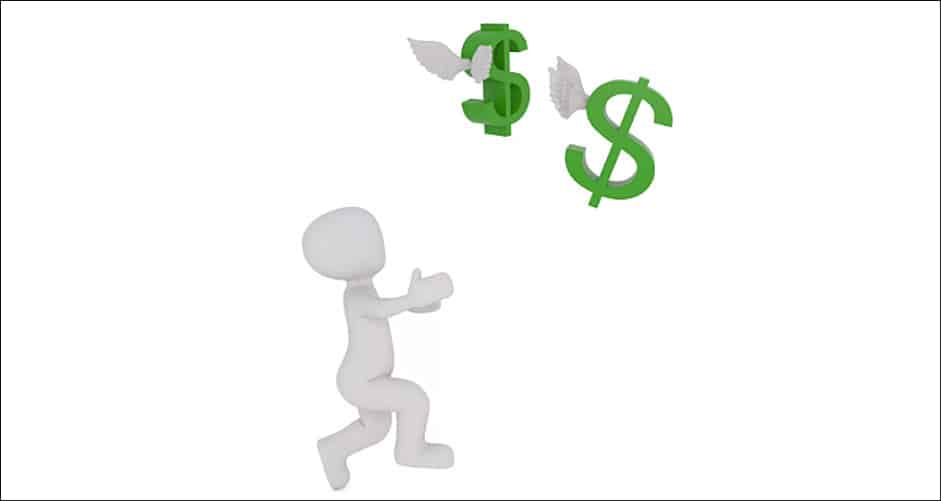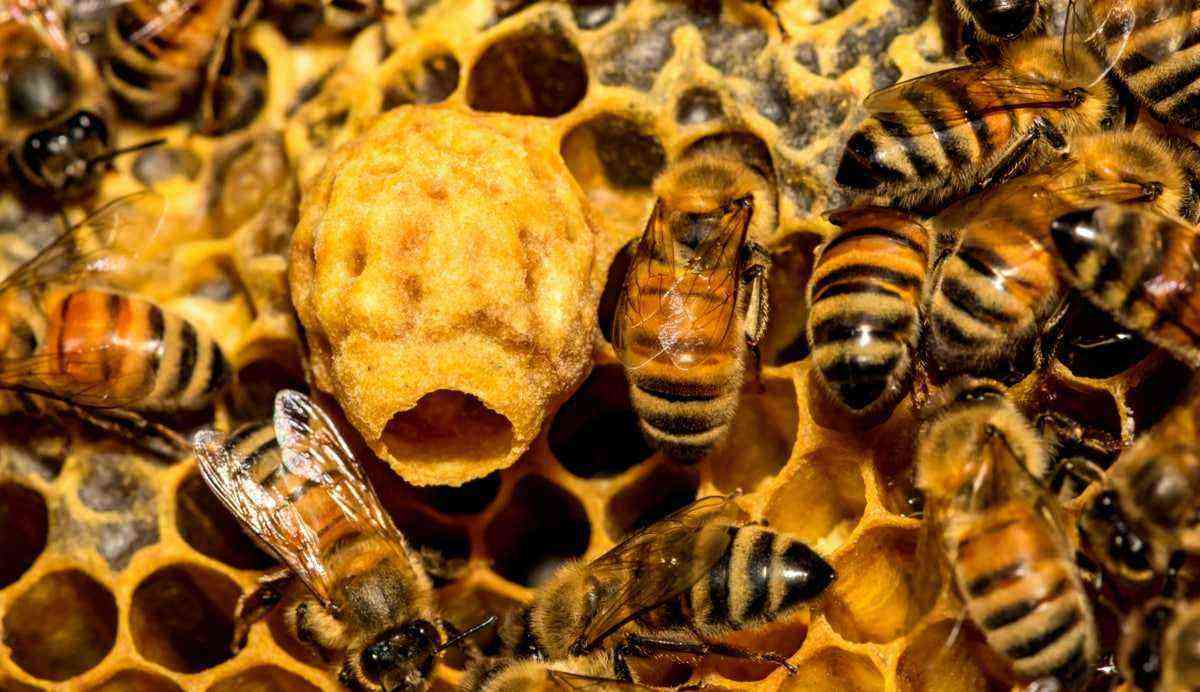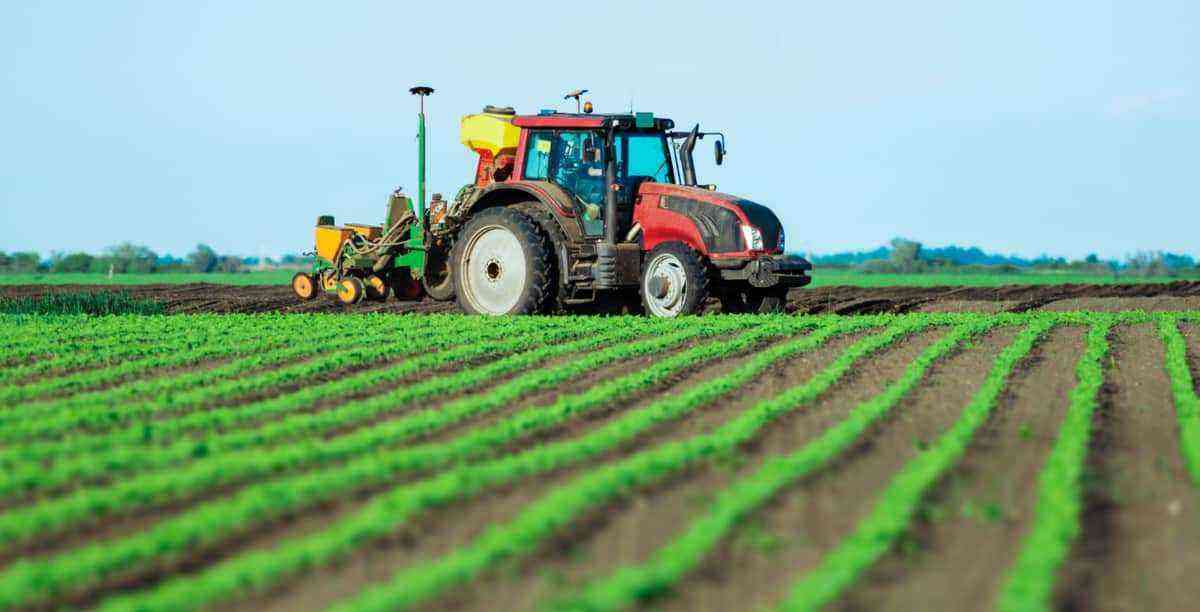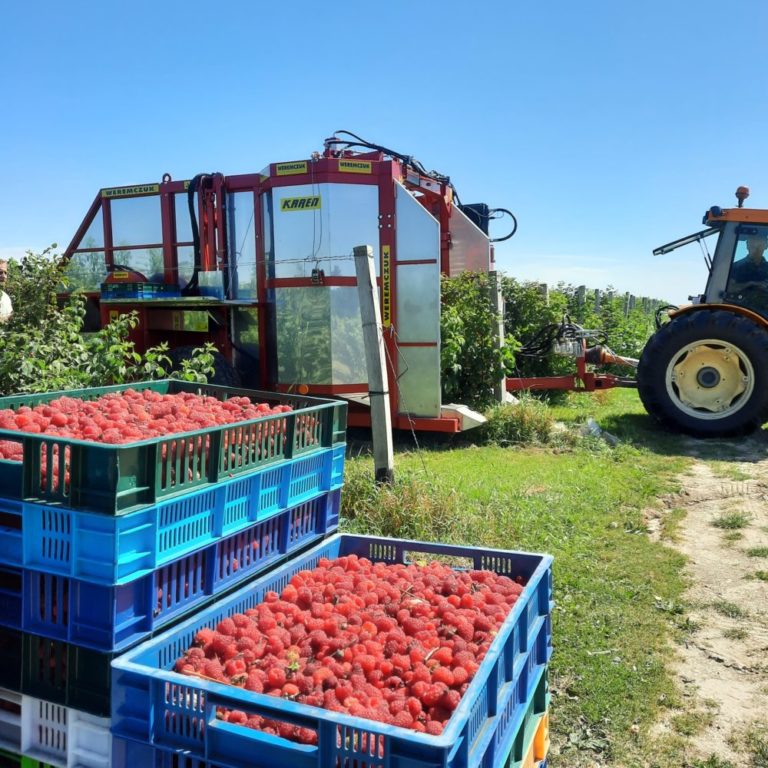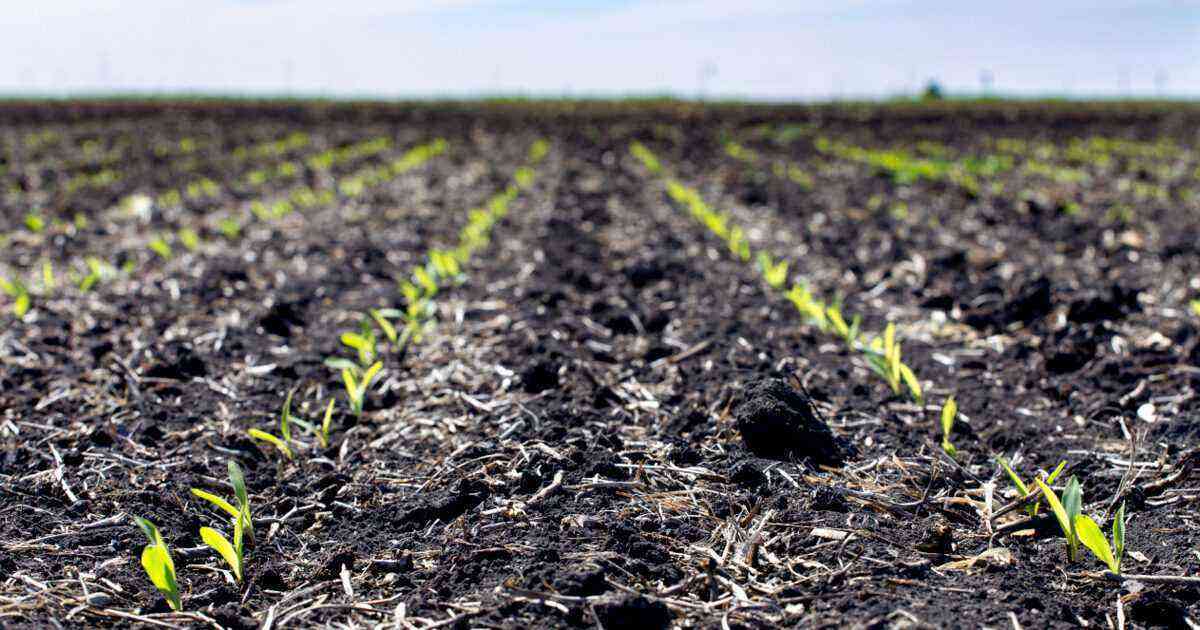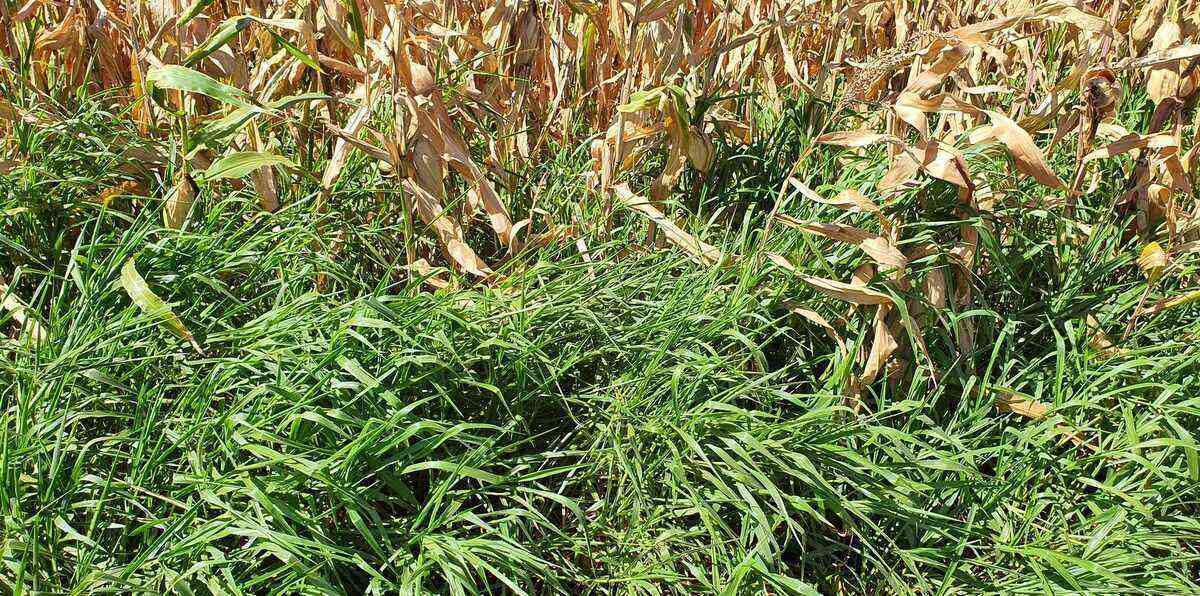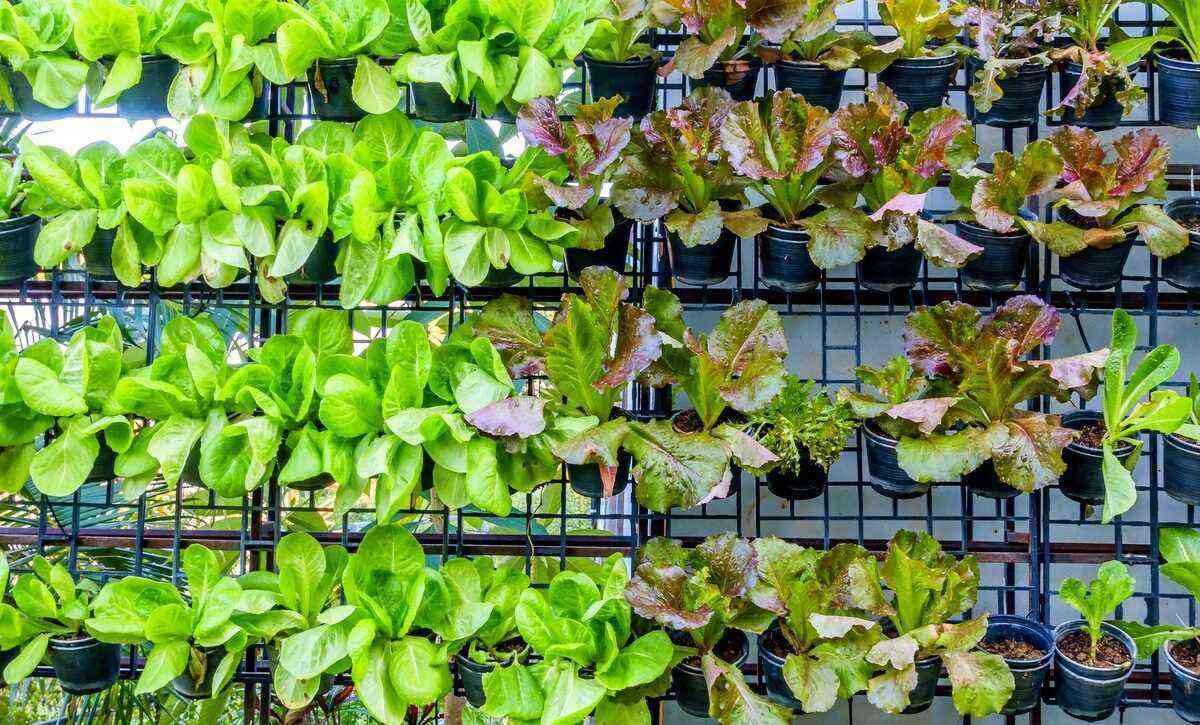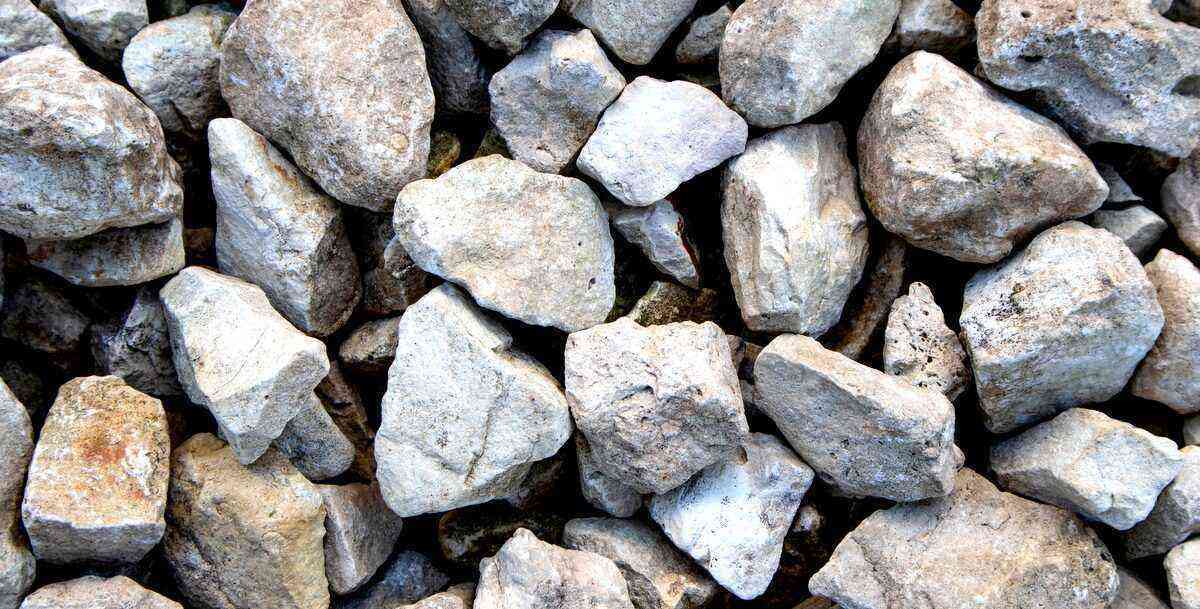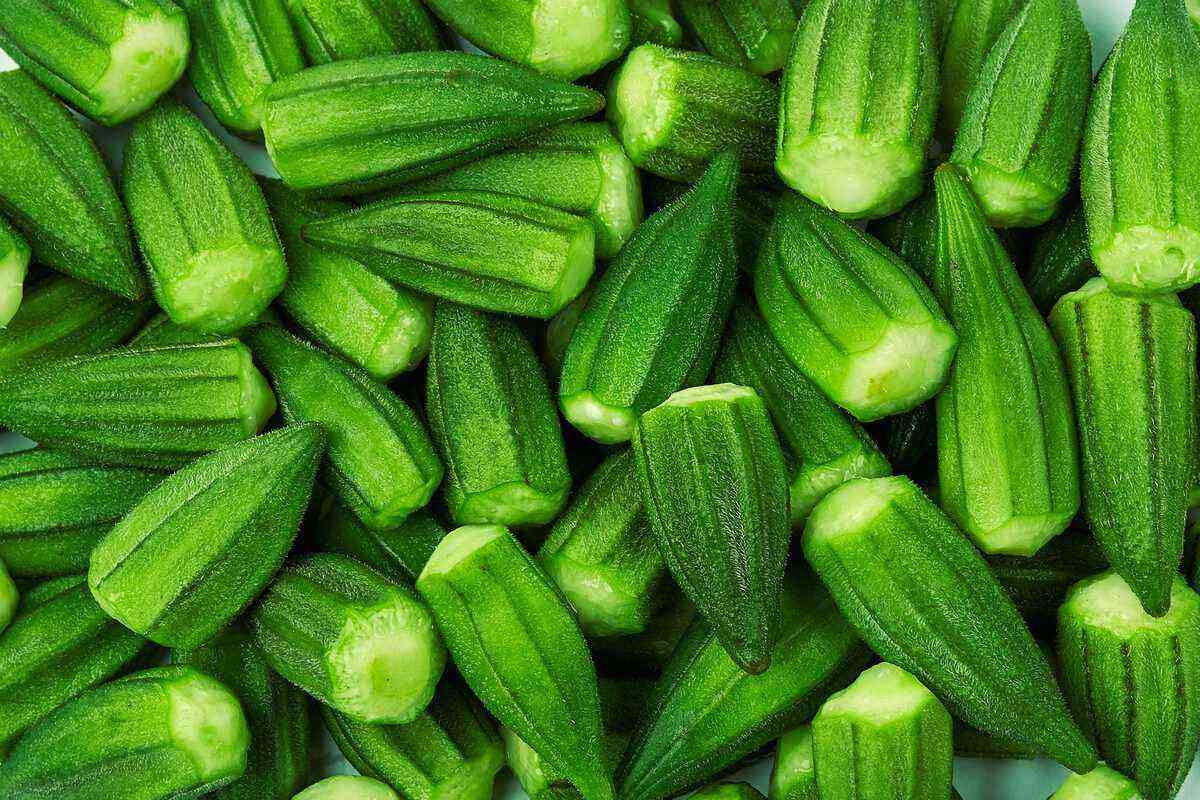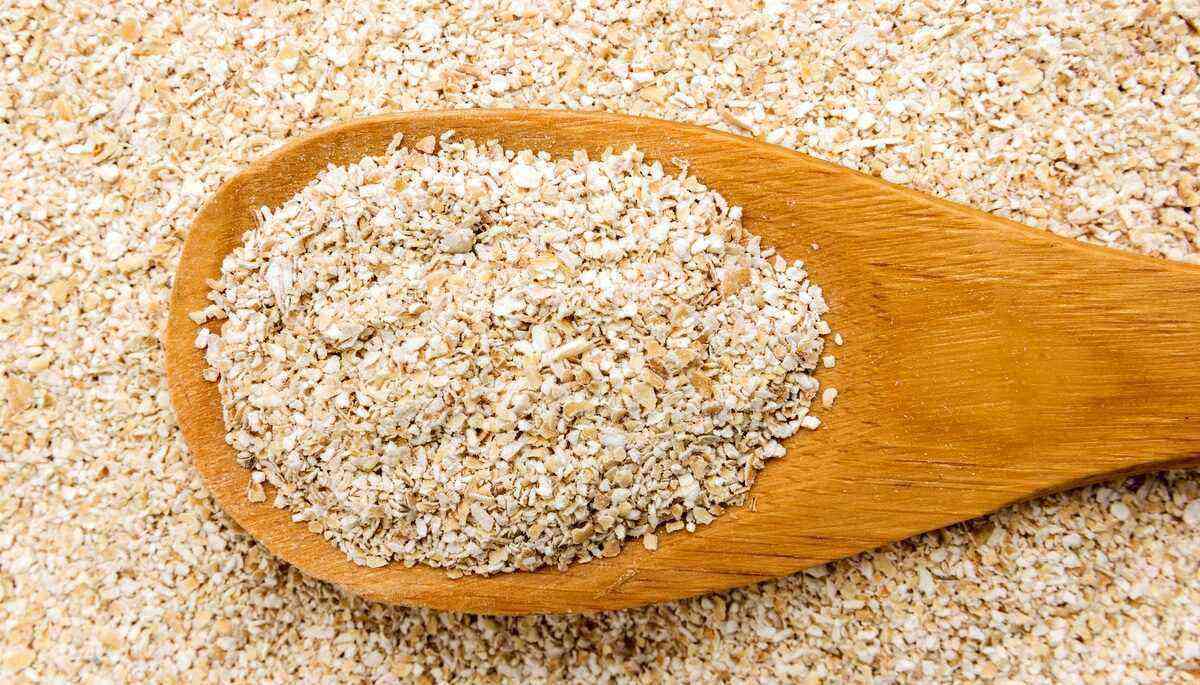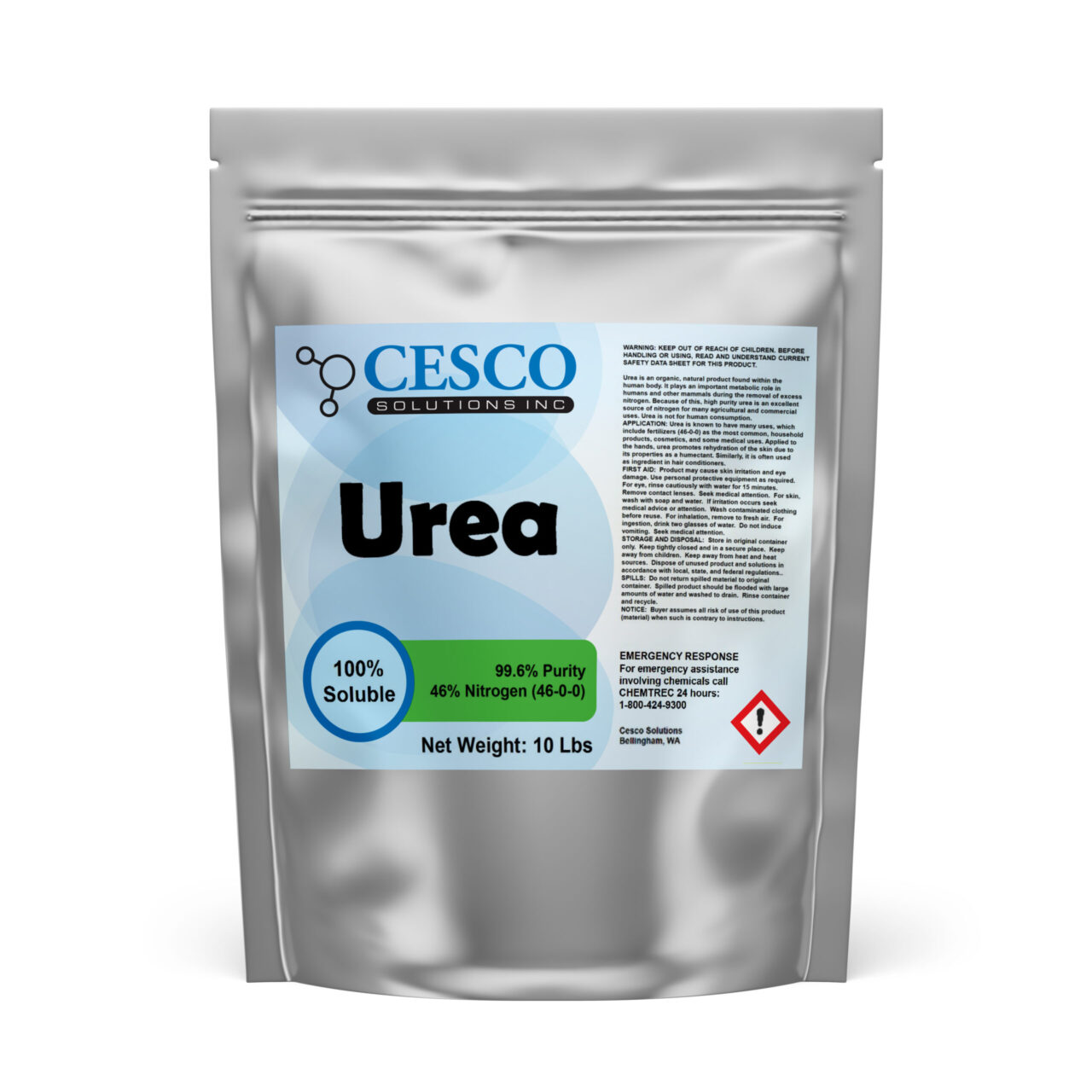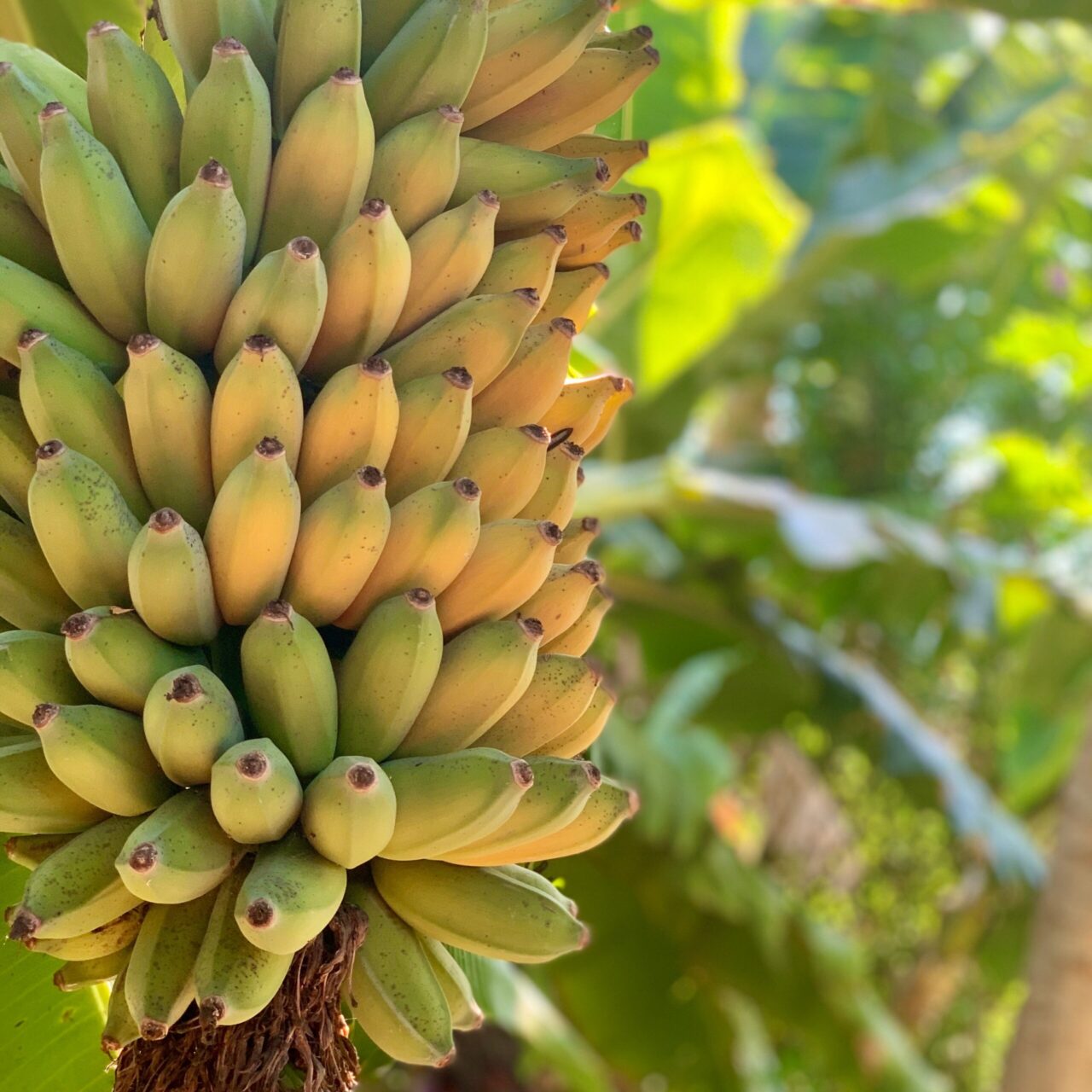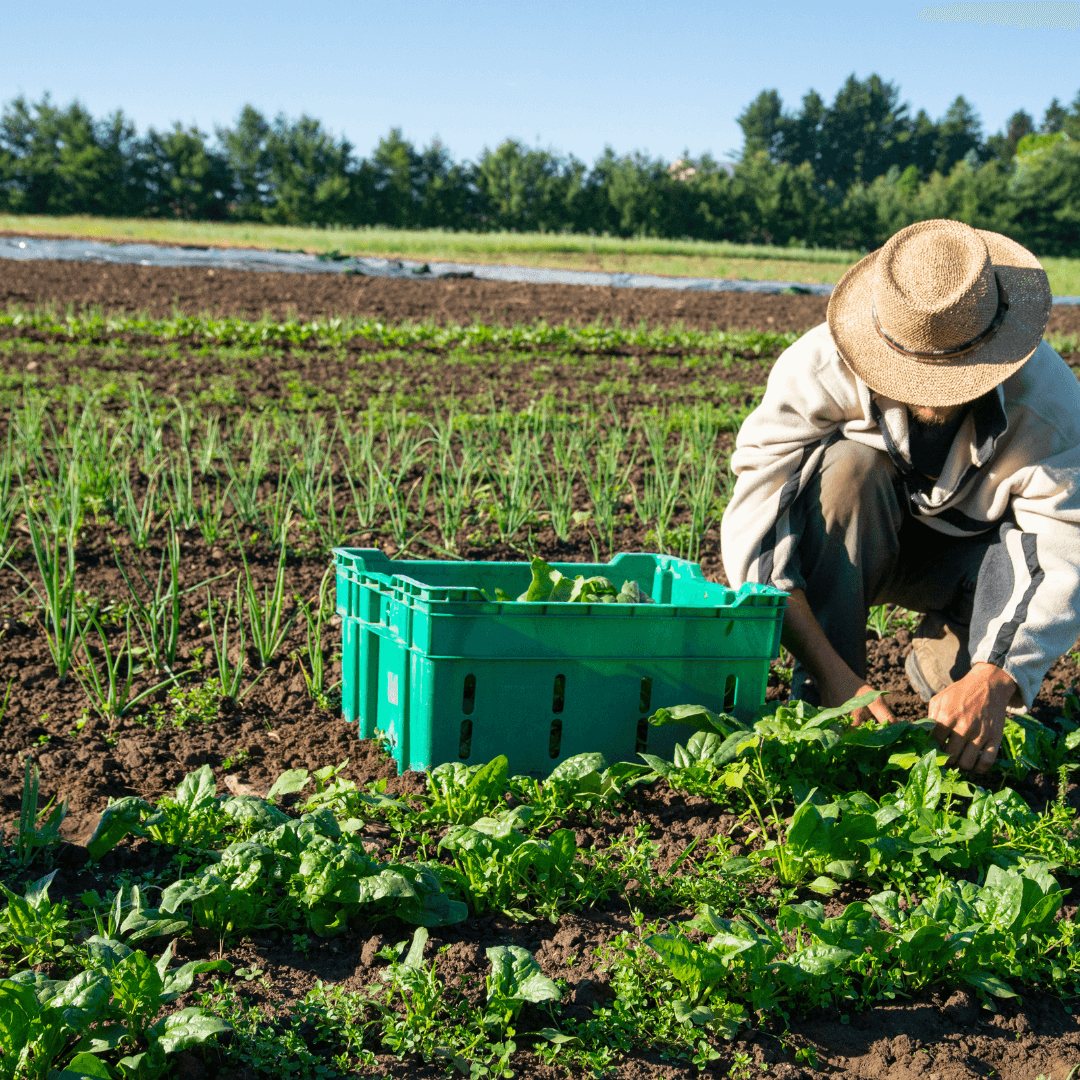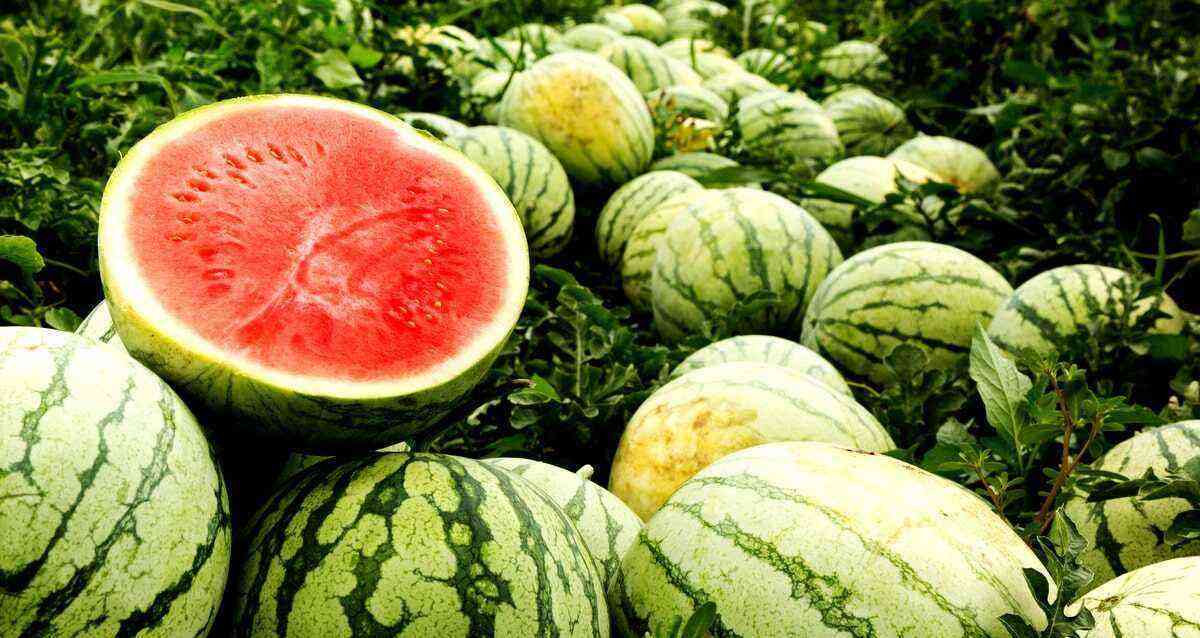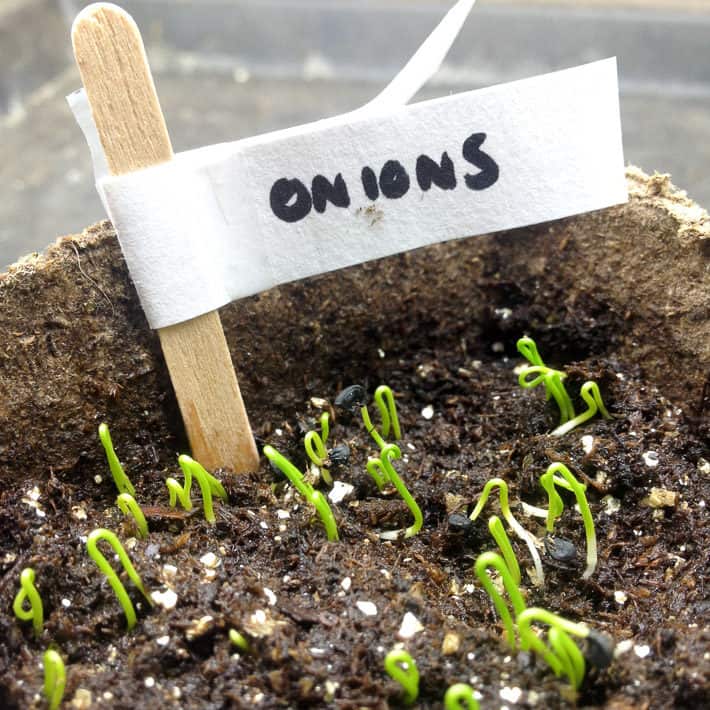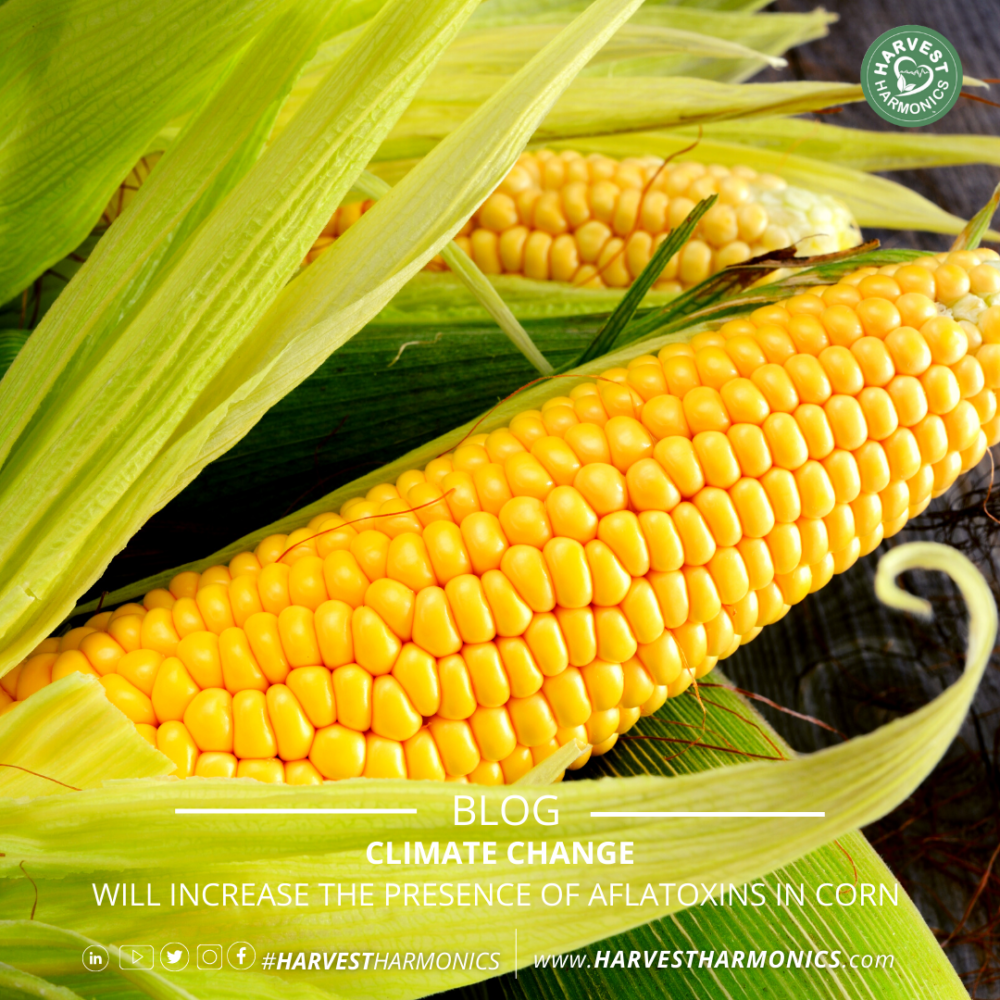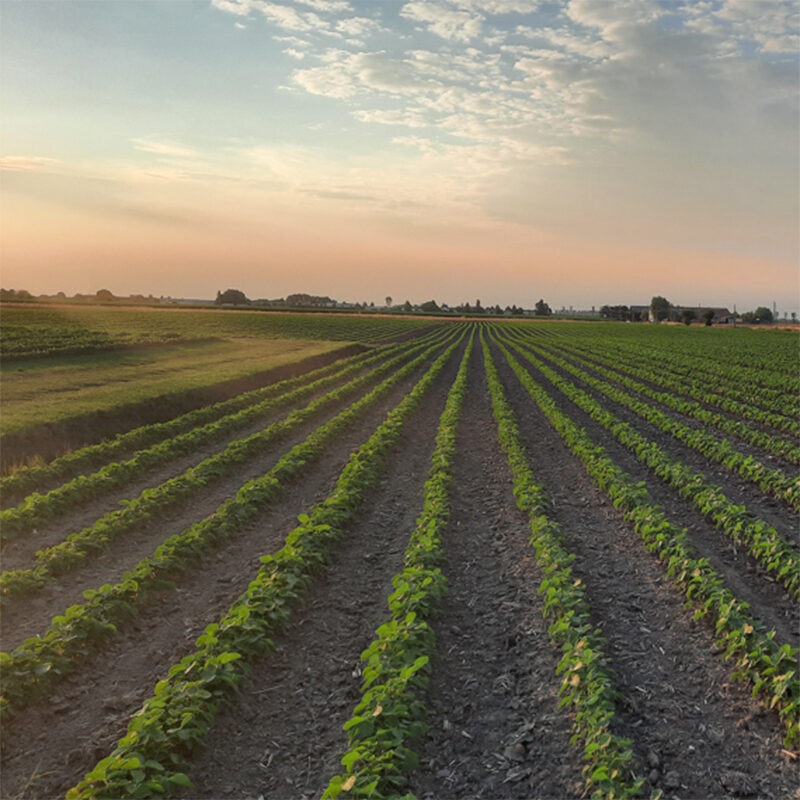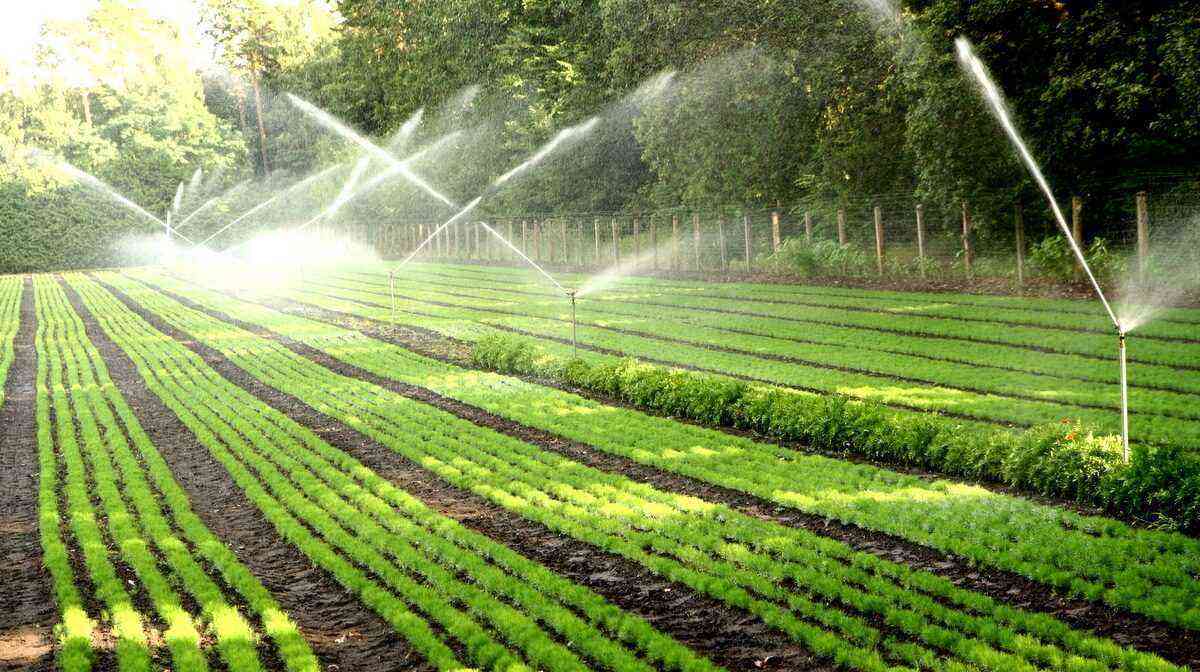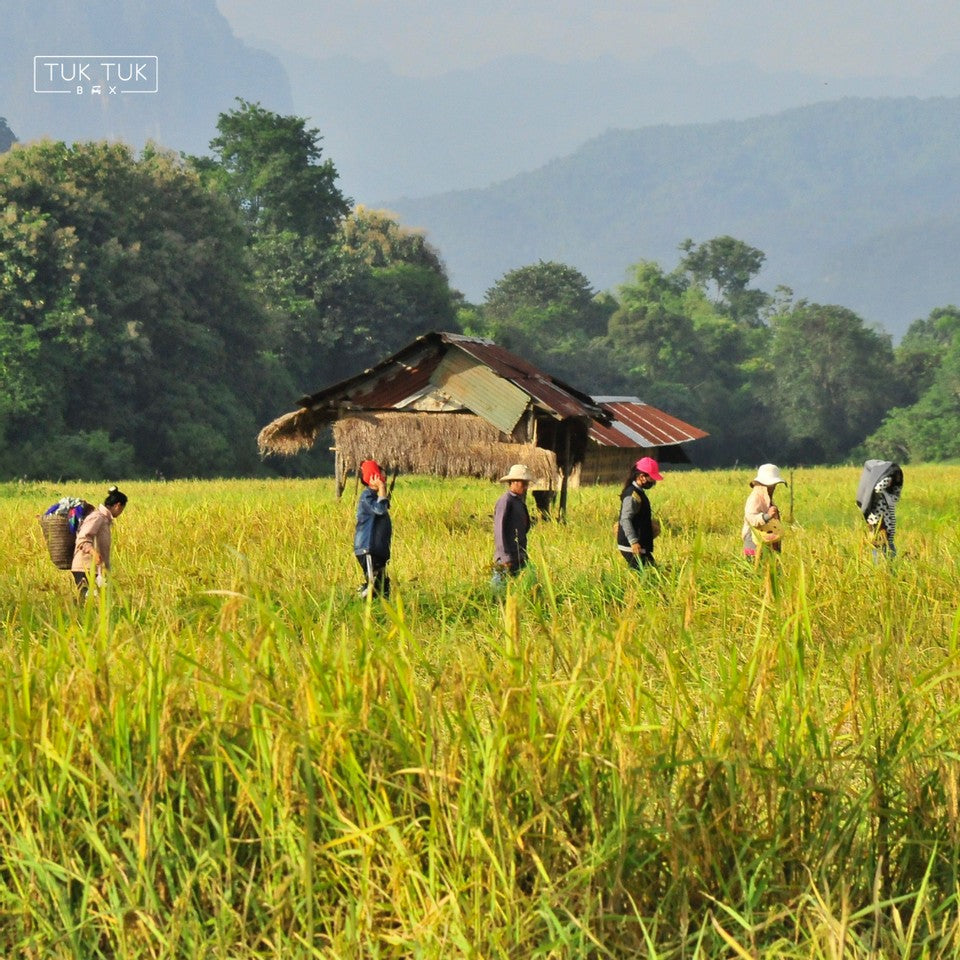The effort to reduce costs in tomato production is interesting for the producer to have a greater profit from the harvest. For this, it is necessary to pay attention to the practices and particularities that can bring more and more the best results.
To get an idea of the importance of this matter, to produce one hectare of tomato it is necessary to invest around R$ 100 thousand, according to calculations by the Center for Advanced Studies in Applied Economics (Cepea). This represents from R$ 25,00 to R$ 30,00 per 23 kg box, depending on the region and productivity.
Therefore, every dollar saved is important, taking into account the constant instability of the market. With that in mind, we made this list with five tips to reduce production costs, such as improving their practices. Follow up!
have a plan
Whatever the culture, planning must be part of the producer’s routine. The more prepared you are, the less unnecessary expenses will be and this will have a positive influence, especially in the case of tomato production, which requires a lot of care to avoid pest attacks that can compromise productivity.
We have new technologies and products on the market all the time. Planning helps to get a sense of what the biggest expenses will be and how to find alternative solutions even before planting.
Plant agroecological tomatoes
Agroecological tomatoes are those called organic, that is, they are grown without chemical additives. This type of planting demands lower costs with products to combat diseases and pests.
It is also important to highlight that organic tomatoes are more profitable than conventional cultivation, thus generating greater profitability for the farmer who opts for this system.
The production of organic tomatoes has a lower cost and a greater appreciation than conventional cultivation.
Know the tomato and its needs
Another interesting tip when it comes to tomato production, which can be used for any crop, is to get to know the needs of the crop in depth. This helps to avoid unnecessary actions and work towards the expected results.
See the example: the tomato crop, in order to have greater productivity, needs to be cultivated in an area with greater incidence of sunlight and requires care with the amount of water, since excess moisture can cause diseases.
These are details that the producer will only become familiar with over time. In this way, the more he studies on the subject and acquires experience, there will be a guarantee of greater production and, consequently, greater chances of profits.
Tomato is a very sensitive plant to pest attack. Therefore, the cost for phytosanitary control is high.
Beware of Waste
Tomatoes are very sensitive and may suffer losses at some stage of the cycle, even during harvesting or storage. Therefore, it is necessary to pay attention to these phases, which are crucial to be able to take as much of the product as possible in perfect conditions to the consumer market.
The planning mentioned above can be an ally in the search for alternatives to reduce these losses and, consequently, guarantee greater profitability. With these resources that were not wasted, the producer will be able to invest in other needs during tomato production or even increase the planting area.
Don’t ignore innovation
New tools, machinery and more efficient products are emerging all the time. Resistance to new technologies can jeopardize profit.
For example: why not opt for cheaper inputs found in the market? Even testing a small part of the plantation, until you are sure that they are as good as traditional inputs, this can guarantee a reduction in production costs. Today with internet there are great sites that can help you.
These are some of the tips to reduce costs in tomato production and achieve better results. Stay tuned for information that helps you optimize the stages of the crop cycle and achieve more profitable results.
Also access our article on how climate can impact tomato production.
